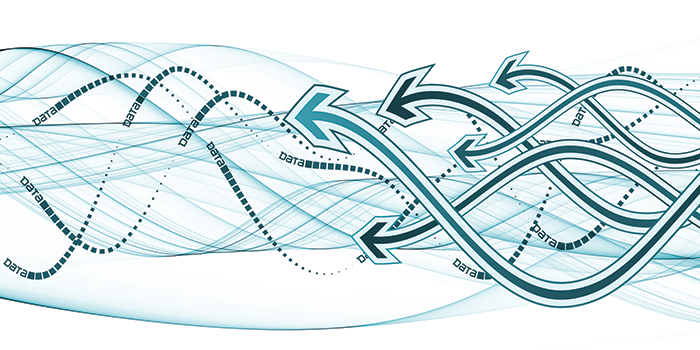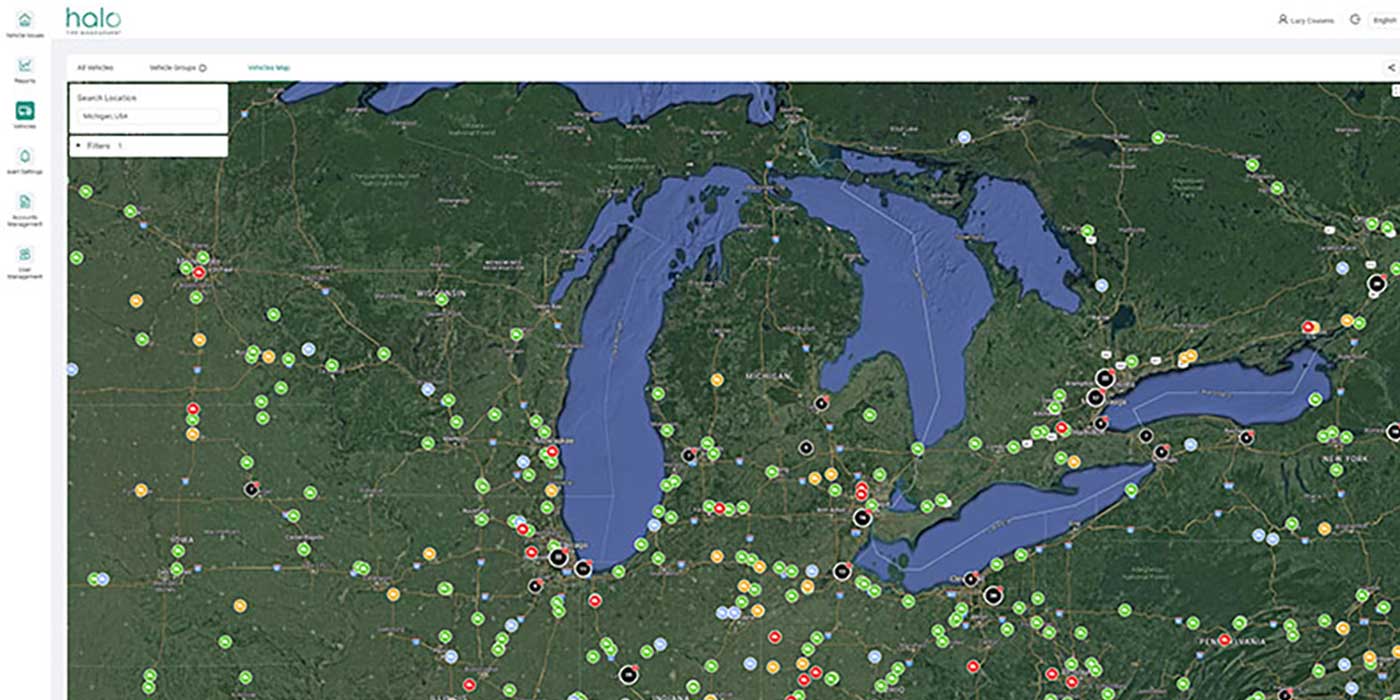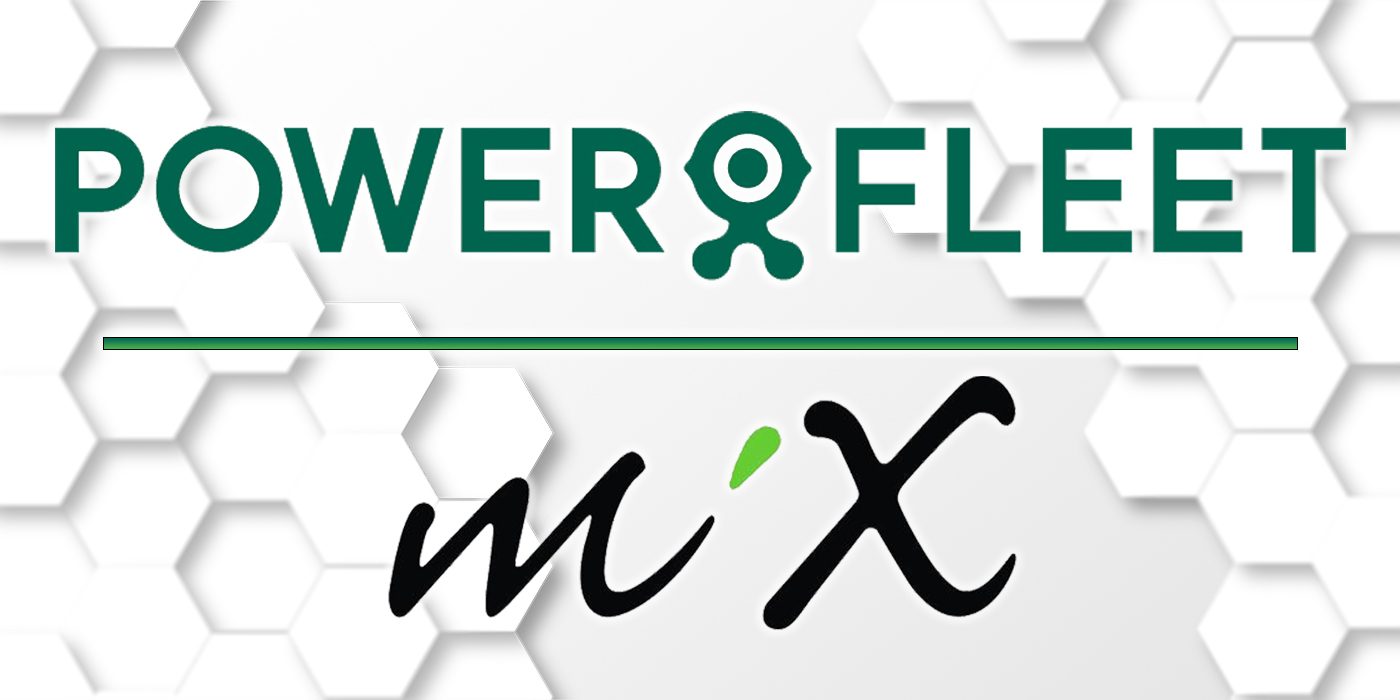Although vehicle location systems have been making life easier for fleet managers for years now, retrofitting the necessary hardware has long been a sticking point. The cost and time involved in sourcing, installing and configuring the “black boxes” across the entire fleet made the whole process prohibitive.
Now, a new generation of OEM built-in connected vehicle technologies are changing all that.
With vehicles rolling off the factory line with the required hardware already installed, mobile enterprises can start running—and providing ROI—from the get-go. In some cases all it takes is a few minutes spent online activating the system.
The current list of manufacturers with whom Telogis partners to build in this technology is Ford Motor Co., GM, Volvo Trucks, Mack Trucks, Hino Trucks (the commercial division of Toyota), Isuzu and Manitowoc Cranes—with more to come.
Aside from less cost and hassle, there are other reasons why OEM telematics are quickly becoming the preferred choice for mobile enterprises.
Demand for more equipment data from manufacturers
Basic data has been available via the on-board diagnostics port since its introduction in the mid-1990s. Driven mostly by new EPA emission standards, the new interface allowed technicians to connect to a vehicle’s on-board computer and diagnose problems more accurately.
It wasn’t just environmental agencies that were interested in the secrets locked up within the vehicle’s ECU.
Fleet maintenance managers, no longer content with a flashing check engine light, wanted a more self-sufficient style of preventive maintenance. They soon realized that real-time remote diagnostics would help them reduce vehicle downtime and speed up repairs.
Manufacturers themselves also began to see the value in sharing more data, seeing it as a valuable point of differentiation in a competitive marketplace.
Rich data available to OEM telematics users
This new age of OEM telematics is generating a massive amount of equipment data. Telogis solutions, adept at handling big data, capture the data in real time and make it available to fleet owners through a web-based dashboard.
Metrics include anything from driver behavior, such as over-revving, excessive reversing, harsh braking and seat belt use, to the health of the vehicle, including oil life remaining, coolant temperature, airbag light, battery charging and tire pressure.
As vehicles become more computer-driven, the level of detail available to customers who take advantage of OEM telematics will grow exponentially, giving fleet managers intimate knowledge of how their assets are being used and are performing under real-world conditions. Telogis is working closely with the manufacturers to capture this rich vehicle data, then present it to fleet owners to increase the accuracy and efficiency of the decisions they make.
Not only will fleet owners be making better choices about the equipment they purchase, they’ll also be significantly improving the asset’s ROI and longevity.
Editor’s note: This article was contributed by Kevin Moore, vice president of OEM Sales for Telogis













